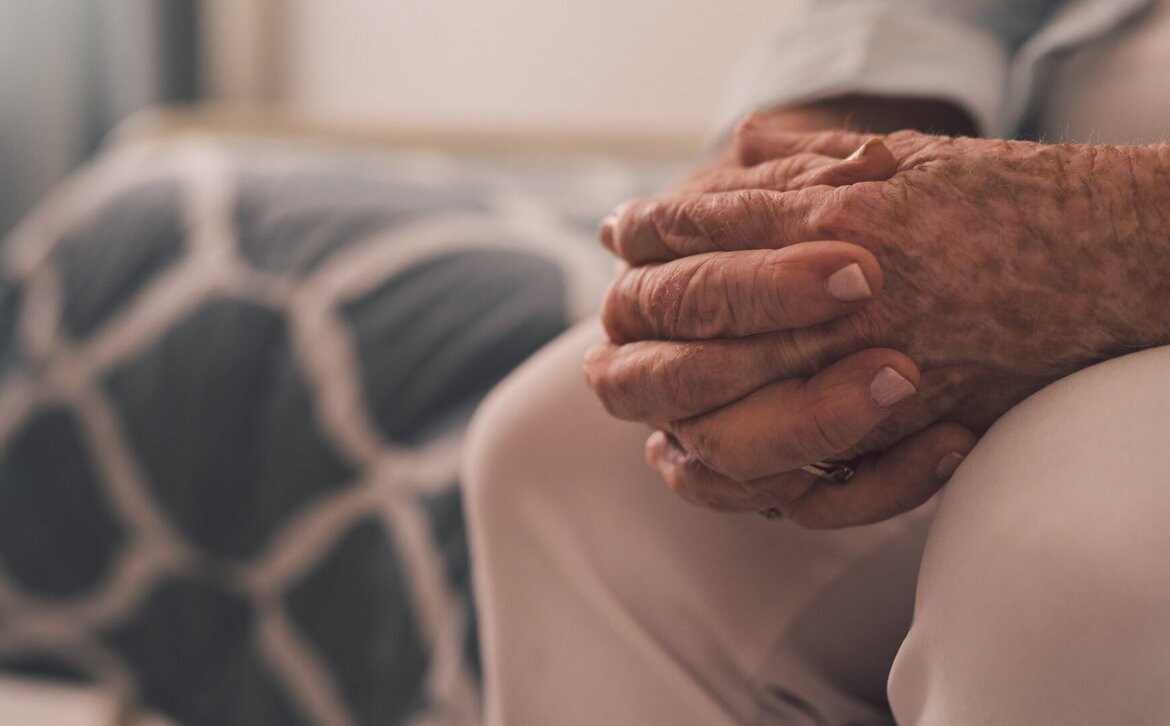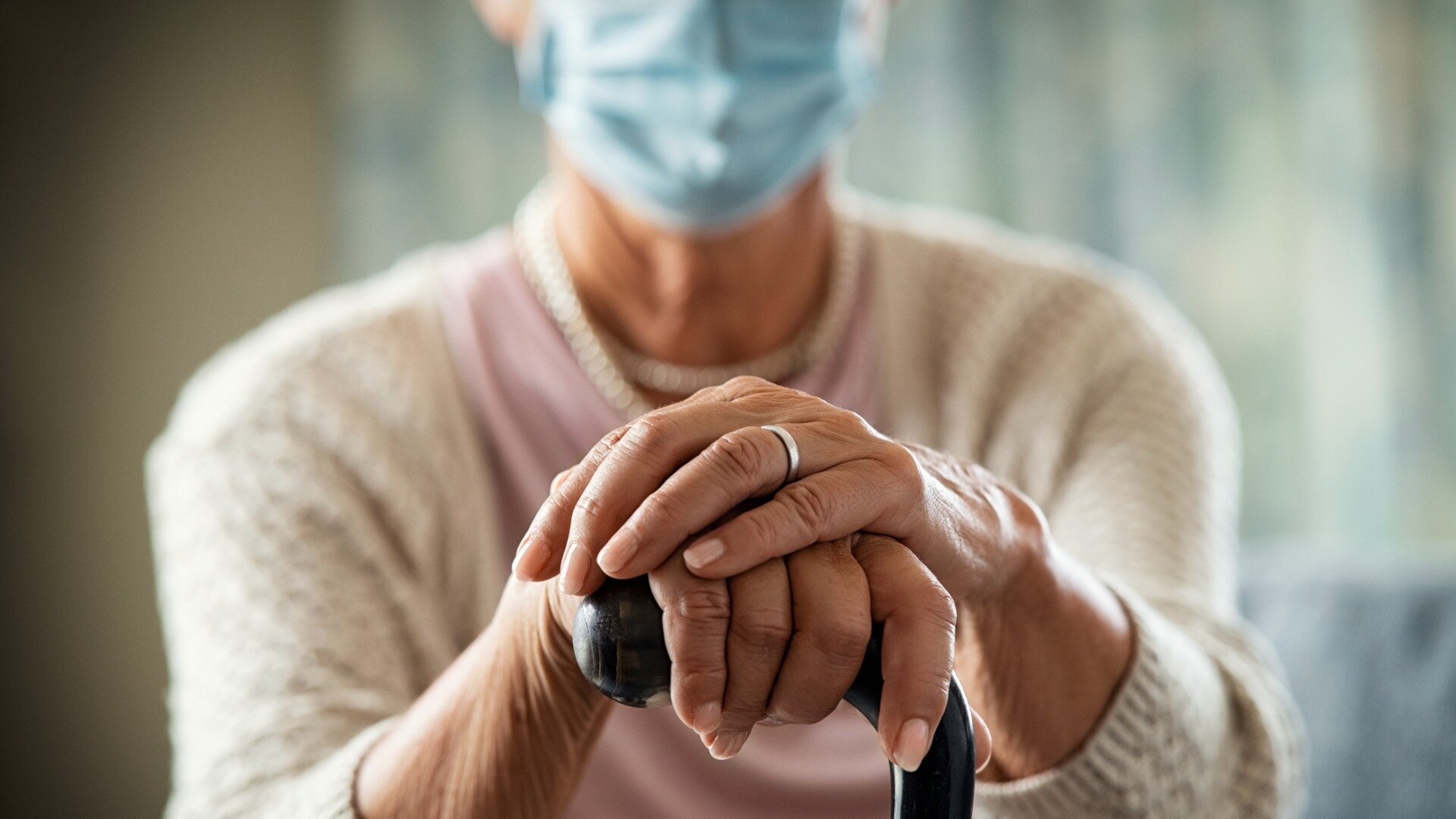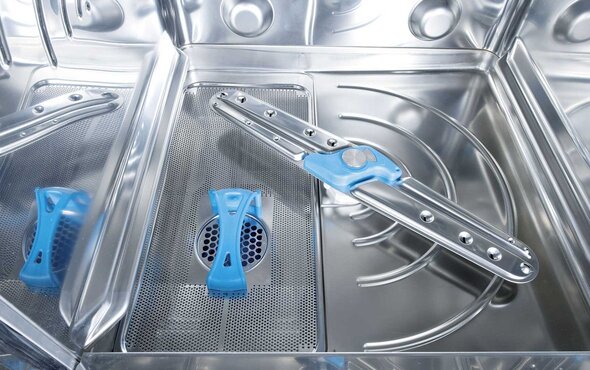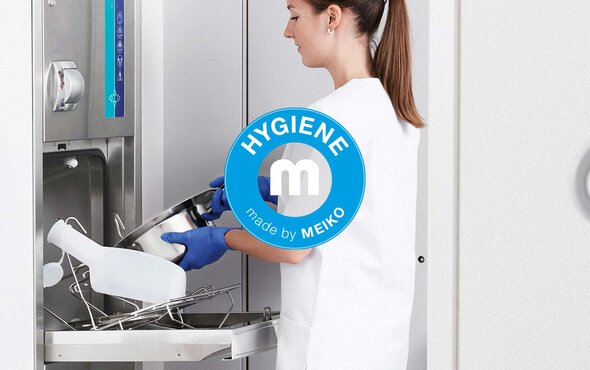THE ELDERLY ARE AT ESPECIALLY HIGH RISK
Barely any demographic is as vulnerable to COVID-19 as the elderly and those living in nursing or care homes are at even higher risk. According to the Department of Health, the Australian death rate is 62% against the total number of residential aged care beds across the country. Unfortunately, more people have died in aged care in January and February this year in COVID-19 outbreaks compared to all of 2020. Aged and Community Services Australia says there are already more than 7,000 aged care residents infected with COVID-19 and cases will continue to rise.
Managing a pandemic in a nursing home: what to do
Residential Care Facilities (RCF) must ensure they are prepared for outbreaks of COVID-19. The Communicable Diseases Network Australia (CDNA) have developed national guidelines for the prevention, control and public health management of COVID-19 outbreaks in residential care facilities in Australia. Download PDF
To prepare for COVID-19 outbreaks, RCFs should:
1. Provide staff with ongoing education, training and assessment, including in IPC and outbreak management and ensure sufficient staff with expertise in infection prevention and control (IPC) are available.
2. Ensure staff and visitors adhere to current guidelines for standard precautions at all times.
3. Ensure adequate personal protective equipment and supplies (e.g. PPE, RAT and other consumable materials).
4. Prepare an outbreak management plan that includes surge plan for workforce, PPE and testing, and regularly review it to ensure it aligns with current advice, public health directions and guidelines.
5. Consider where and how residents can be cohorted according to risk.
6. Ensure consultation with residents and those that care for them regarding their wishes after an exposure has occurred in the facility. Consideration should be given to their preference for strict isolation to prevent exposure and possible infection or their desire to socialise with others of similar exposures.
7. Support residents and staff to be fully vaccinated against COVID-19.
8. Support safe visitation to reduce the effects of social isolation and promote resident wellbeing.
9. Develop a systematic method for detecting and recording residents in the facility who develop COVID-19 like symptoms, such as fever or cough. This can be the same method used for detecting influenza-like symptoms, as outlined in the CDNA Guidelines for the Prevention, Control and Public Health Management of Influenza Outbreaks in Residential Care Facilities in Australia.
Tim Jacobson, Health and Community Services Union (HACSU) state secretary
MICROBES:
A particular danger to the elderly
Coronavirus is not the only pathogen to threaten the health of nursing and care home residents. Other infections like norovirus, rotavirus, MRSA, ESBL, MRGN and Clostridioides difficile can hit elderly or immunocompromised people just as hard. The Commission for Hospital Hygiene and Infection Prevention (KRINKO) at the Robert Koch Institute in Germany has published recommendations for infection prevention in homes.
In this document, how to clean medical devices gets a lot of attention. Of course, the Medical Devices Act and Medical Device Operator Regulations already require that they should have a low pathogen count or be sterile before use. However, the KRINKO recommendations build on this with specific instructions for care utensils like bedpans, urine bottles, wash bowls, seated or standard bathtubs and shower trays. It is preferable to clean care utensils in a washer-disinfector for several reasons: the process is reliable, the workload is reduced and staff are protected from infection. Manual processes are not ideal as they cannot be validated.

You just need to look at Johannes Nepomuk House in Cologne to see how seriously some care facility operators, such as hospice operators, take staff safety and protection at work.
The facility belongs to Caritas Cologne (Caritasverband der Stadt Köln e.V.) and ‘only’ has ten beds.
It is a size that Miriam Arens believes has proven itself in the hospice world, and she has been managing this particular hospice since it was founded in 1988: ‘We want our work here to be as personal as possible.’
Detlef Silvers, Head of ‘Inpatient Care’ at Caritas Cologne, Germany
THREE WASHER-DISINFECTORS FOR A TEN-BED FACILITY
In order to centre their work around patient needs as far as possible, the team decided to purchase three MEIKO washer-disinfectors and the necessary furniture to go with them for their utility rooms. This was all as part of the hospice's €1.1 million renovation.

‘You might think it a luxury to install three washer-disinfectors in a facility with just ten beds,’ says Detlef Silvers.
Yet the head of ‘Inpatient Care’ at Caritas Cologne goes on, ‘Our ten rooms are spread across three floors.
You could easily imagine a situation where someone is carrying a used bedpan or commode bucket across a hallway or up the stairs in a rush, trips and causes an unpleasant mess,’ Mr Silvers explains.
‘Besides,’ he adds, ‘we chose MEIKO machines because they deliver a better washing result than the competition and worked with our tight hospice budget. When you consider how infrequently the MEIKO machines break down or need fixing in Caritas Cologne facilities, it really was a sensible decision.’
Marcus Danner, Head of Medical Technology Sales for MEIKO
THE HUMAN FACTOR:
Vital for maintaining hygiene
‘Hygienically cleaning care utensils is something we have been doing successfully at MEIKO for more than 90 years. ‘Targeted integration of the human factor into a strategy that is so important for hygiene, such as a strategy for how to dispose of human waste from patients, is most certainly a huge challenge. We approach this challenge with all of our expertise and in frequent conversation with our customers,’ explains Marcus Danner.
He is Head of Medical Technology Sales at MEIKO, a specialist company in the field of hygiene. He is not just thinking about safety work here, he is interested in the well-being of patients and care home residents: ‘In the majority of hospitals and care homes, the process of dealing with human waste is not taken seriously enough.
MEIKO has taken an approach to this process that goes all the way from the patient's bed to the washer-disinfector. We have defined the process and, as part of it, we carefully design the controls on our washer-disinfectors. That is why we have meticulously built the interface in this way and it has been approved by specialists around the world,’ says Marcus Danner.

SAFE PROCESSES WITH THE INFECTION CONTROL CYCLE
There are two infection control cycles: short and long. Both are described here and the graphics to illustrate them can be downloaded at the bottom of the article.
Patient bedrooms produce contaminated instruments and containers, such as used care utensils like bedpans, urine bottles, commode buckets and wash bowls. These items are taken to the utility room to be disinfected. Here, they are fed into the disinfection system: individual instruments and other items are placed in a strainer basket, cleaned, disinfected and dried. Care utensils are emptied, cleaned, disinfected and dried in a washer-disinfector – all in a sealed process.
Some items have to be fully sterilised. These are sent to a cleaning centre or centralised sterilisation system. All containers, instruments, etc. arriving in the room are cleaned, prepared and sterilised. The room is split into a clean and a dirty side – the clean utility room is where the disinfected care utensils and sterilised items head next. Here, it is stored until it is needed on the wards again.
The short infection control cycle covers the following journeys:
- Contaminated items going to the dirty utility room
- Cleaned and disinfected items going to temporary storage
- Disinfected/sterilised items going to patient rooms/being used again
The extended infection control cycle also covers the following journeys:
- Cleaned and disinfected items going to the centralised sterilisation system/cleaning centre
- Cleaned and disinfected/sterilised items going to the ward/temporary storage


